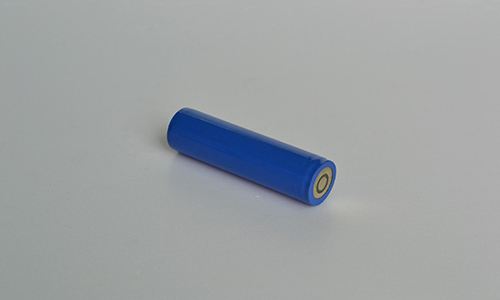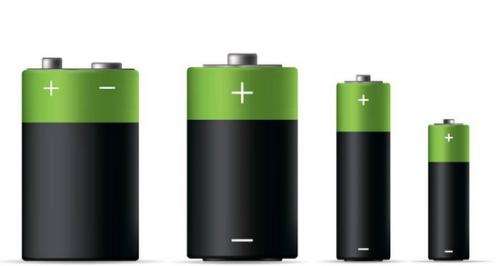Search On 18650 Battery Tester
Jun 26, 2019 Pageview:1582
One thing to note is that battery testers actually function by testing the current that emerges from a battery. Here, when a conductive thing is touched to not just the negative but also the positive contacts on the battery, a current is immediately released.
There are so many individuals who can be taken as adventurous because they can test about nine-volt batteries by using a particular principle. This principle involves them sticking their tongue to the contact.
Nonetheless, anyone who has tried out this method before or knows someone who has will know that a nine-volt that is charged will bring about a small jolt. This is what a battery tester does but without the pain.
The battery tester makes use of a conductive medium to effectively measure the amperage, i.e., the charge that emanates from the battery. Every tester also has its very own gauge that showcases the charge level.
However, rudimentary battery testers are those that are found on the battery packages, and they make use of conductive ink that reacts to even the minutest change in temperature.
If the battery has a charge, the ink immediately heats up as the current makes its way in passing through it. Also, if the temperature is actually higher, the battery will have more current.
The color of the gauge changes, and this is as a result of the temperature. Also, there are handheld battery testers as well as multi-meters that make use of resistors to measure the battery's current.
Furthermore, depending on the tester, there are some other components that are used to move the gauge, and it is most times a pin. While the resistor measures more charge or amperage, the pin begins moving further on the gauge.
In the same vein, the battery enthusiasts or testers, as they are called, make use of unique equipment to analyze the 18650 lithium-ion batteries, and it is done under different discharge directions.
The special equipment that is actually used by these testers is the CBA IV pro computerized battery analyzer that has the software and can be bought also. With this, you can get to see the complete prospects of the 18650 battery such as:
· Voltage drop
· Temperature, and;
· Capacity
What Does The 18650 Battery Tester Test For
The 18650 battery tester actually tests for things like:
· Amp limitations
· Voltage drop
· Battery capacity
· Temperature, etc.
These are some of the things that are tested and further compared with what manufacturers have specified and recommended.
Also, the performance of separate lithium batteries or the pack are tested at the point of discharge, and it is not done during the charging procedure.
Note that some of the battery testers only measure current, and at the end of the day, the result ends up being inaccurate.
For lithium as well, it can be inaccurate because its current does not wear down in an even manner like alkaline batteries. But, it does take a noticeable drop at a particular charge level
Most of these batteries will actually read complete charges even if there is still a half charge left. Testers, on the other hand, will not reveal the fact that a rechargeable battery can even be charged again.
In a bid to test this, you will have to make use of a battery conditioner or maybe a battery tester that has been uniquely structured for rechargeable batteries.
Can I Test My 18650 battery At Home?
Lithium 18650 batteries are increasingly being utilized in diverse electrical appliances, and they have successfully displaced their forerunner, which was nickel-based batteries. The reason for this displacement is quite simple.
Lithium batteries generate a nominal voltage of 3.7 volts when compared to the 1.2volta generated from batteries that are nickel based.
Also, the mAh; milliamp hour that can be gotten from a lithium battery is estimated to be about three times the volume that can be gotten from a battery that is nickel-based.
The 18650 battery is the same size as the common AA alkaline battery, and it has a nominal rating of about two thousand mAh.
You can always test if the lithium battery you purchased is in good working condition by running tests on it at home. You can choose to test it for voltage and the mAh while using a multimeter.
How To Tell If A 18650 Needs To Be Tested
When you look at the multimeter display panel, it should always read between 3.6 volts and 3.7 volts to signify that the battery is in good condition. Also, if the battery has been charged earlier, it would read about 4volts.
However, this does not reduce to 3.7 volts quickly. So, if the reading is below 3.5volts, the battery will need to be charged until it is full. You will have to leave it to charge until it gets full.
It needs to be left to rest for some hours, and then you can proceed to test the voltage. If it still stays below 3.5 volts, you will need to think about replacing the battery because it is indicating already that it is losing all of its charges.
Here again, you can make use of a multimeter to test the 18650 battery for mAh. This multimeter can be set to measure the mAh hour effectively.
All you will have to do is to place the two metal rods from the multimeter on the negative and positive battery terminals.
You will need to look out for the label that is on the side of 18650 battery in a bid to confirm all of its output. The battery voltage should be reading 3.7 although the mAh can either be bigger or smaller than 2000, some are actually 3000mAh.
To Sum It Up
All in all, after much tests carried out on the lithium 18650 battery, if the mAh still remains on more than five percent below the mAh on the label, you should think about replacing the battery. This is because it will not be able to effectively power your electrical device for the right amount of time.
- Prev Article: Introduction To The Types Of Lithium-Ion Batteries
- Next Article: How to Charge Li-po Batteries
Leave Message
Hottest Categories
-
Hottest Industry News
-
Latest Industry News













